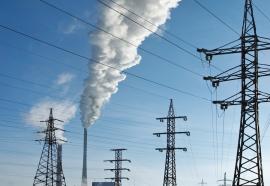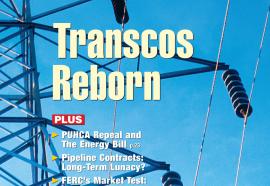EPA's Winding Road
How we got here and what to expect.
New air quality regulations, including the Cross-State Air Pollution Rule, have prompted substantial investments in emission control upgrades. But a series of additional standards—for mercury, toxins, cooling water and ash residue—are driving delays and shutdowns in the coal-fired power fleet. Investment decisions depend on a clear understanding of where EPA is headed, and how the new regulations will affect generators’ costs—and market prices.








